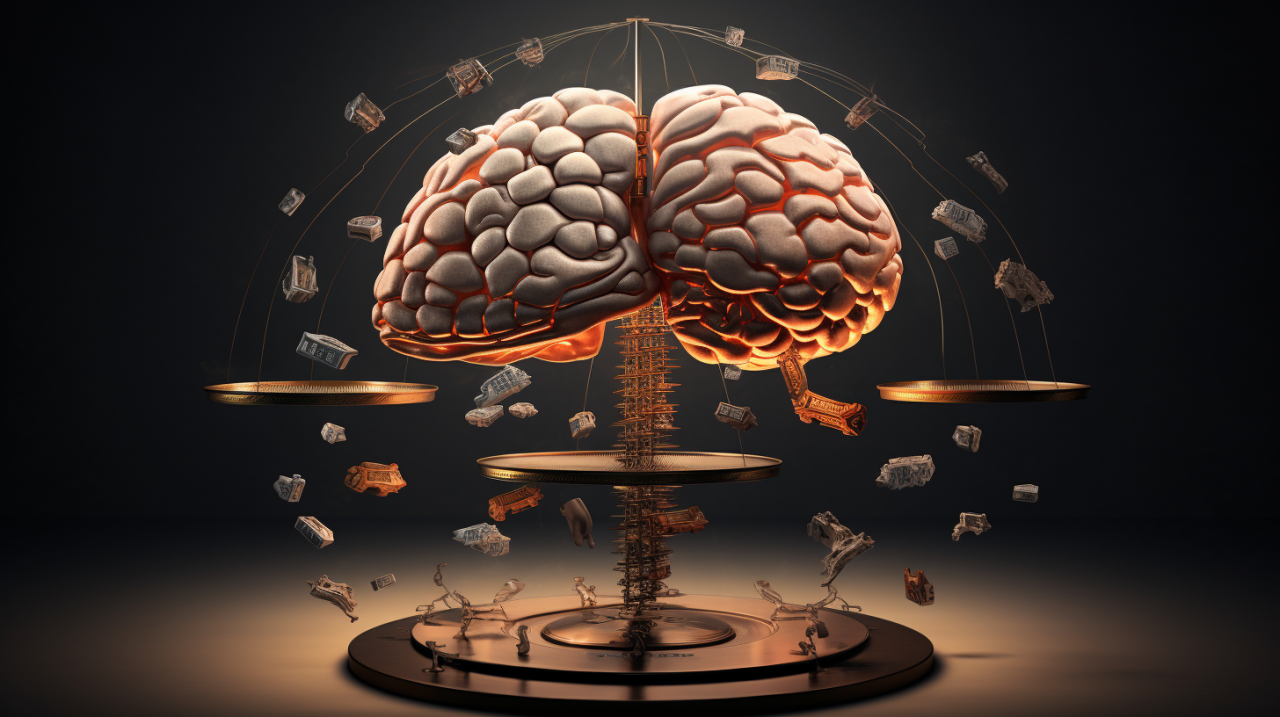Have you ever walked into a store with a clear intention to buy just one item and left with a cart full of things you never planned to purchase? If so, you’re not alone. The phenomenon of overspending and buying unnecessary items is deeply rooted in human psychology, driven by emotions, marketing tactics, and cognitive biases. Understanding why we buy what we don’t need can help us make smarter financial decisions and regain control over our spending habits.
Emotions and Spending
One of the primary reasons we buy things we don’t need is emotional spending. Shopping is often linked to how we feel. For example, buying something can provide a temporary mood boost when we’re stressed, anxious, or bored. This phenomenon, sometimes called “retail therapy,” triggers a release of dopamine, the brain’s feel-good chemical. While the initial rush feels satisfying, it’s often fleeting, leading to a cycle of buying more to maintain the same emotional high.
On the flip side, positive emotions can also lead to unnecessary purchases. Celebrating a promotion or a special occasion can make us more likely to splurge on items that are not essential but feel justified.
The Power of Marketing
Marketers are masters at exploiting our psychological weaknesses. Advertisements often appeal to our desires for status, belonging, or happiness, suggesting that buying a product will fulfill these needs. For instance, a luxury car advertisement may not focus on the vehicle’s features but on the lifestyle it symbolizes.
Sales and promotions also play a significant role. Limited-time offers or “buy one, get one free” deals create a sense of urgency, triggering a fear of missing out (FOMO). Even if we don’t need the item, saving money can be too tempting to resist.
Cognitive Biases at Play
Cognitive biases, the mental shortcuts our brains use to make decisions, heavily influence our spending habits. One such bias is the “endowment effect,” where we place a higher value on things we already own or have committed to buying. For example, once we try on a pair of shoes, we may feel a stronger attachment, making it harder to leave them behind.
Another common bias is “anchoring.” When we see a high-priced item next to a mid-priced one, the mid-priced option seems like a bargain. This tactic is frequently used in pricing strategies to make us feel like we’re getting a deal.
Social Influence
Social pressures and trends also affect our spending. The rise of social media has amplified this, with influencers showcasing products and lifestyles that create a desire to emulate them. The constant exposure to curated, aspirational content can make us feel that buying specific items is necessary to fit in or keep up.
How to Regain Control
It’s essential to be mindful of these psychological triggers to curb unnecessary spending. Start by identifying emotional patterns in your shopping habits and finding healthier alternatives to cope with stress or boredom. Creating a budget and sticking to a shopping list can also help.
By understanding the psychology behind our spending, we can make more intentional choices, prioritize what truly matters, and achieve greater financial well-being.




